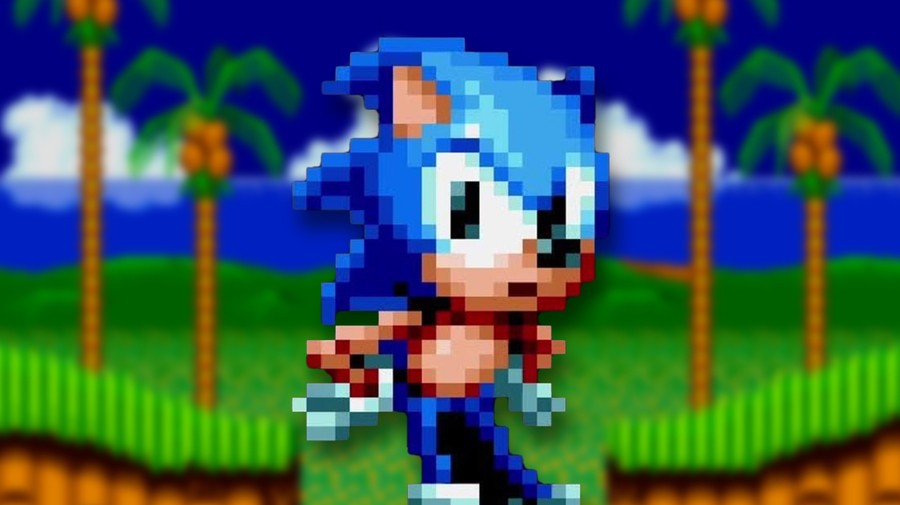
Sega was in something of an odd position back in the early '90s. While it was a Japanese company, it was enjoying more success in the West, with its Genesis / Mega Drive selling robustly in North America and Europe. In Japan, it would be firmly in third place behind Nintendo and NEC, whose Super Famicom and PC Engine were stronger sellers.
You might assume that, given the amount of revenue Sega's Western offices were generating, Sega of Japan would bow to their knowledge of the market – but the opposite was the case, more often than not.
We recently spoke to Mac Senour, who was instrumental in creating the Sega Menacer light gun, and he explained just how strained the relationship was between the North American and Japanese arms at this point.
Soon after joining Sega, Senour's boss, Sega veteran Steve Hanawa, explained why so many of the messages Senour was sending to Japan were going unanswered:
"He said, 'Oh, I failed to explain something very important to you. Sega Japan hates Sega of America, and won't do anything to help us. And they will actually throw stumbling blocks in front of you. Have a good day!'"
Senour feels that the awkward relationship was a matter of trust – or lack of it:
"They didn't trust us, and they didn't understand our market. So we would turn down titles, and they were insulted that we would turn down their side-scrolling shooting games. And at the upper levels, they really wanted us just to behave, to do what they wanted us to do, to be a carbon copy. And the two markets are very different from each other; you can't take a great game in Japan and assume it's going to be a great game in America."
This isn't the first time we've heard of such disquiet between the two Sega offices; Mark Cerny has previously spoken about how Sega's American arm initially thought Sonic the Hedgehog was 'unsalvageable' as a character, while Sega of America's former head of marketing Al Nilsen has admitted that he considered the mascot to be the "lesser of two evils" – although he insists that he later came to love the speedy chap.
More recently, former Sega artist Yasushi Yamaguchi – the creator of Tails – said that "Sega of America ignored the opinions of the development staff", hinting at the 'tit for tat' attitude Senour mentioned. Given that Sega of Japan was ghosting its North American office, it probably shouldn't have been shocked when it was ghosted in return.
As for Sega Europe, a similar story unfolded; Sega's Japanese paymasters were, according to former Sega Europe boss Nick Alexander, baffled by the enormously successful Sega Pirate TV adverts in the UK:
"I think it would be fair to say they were completely bewildered. They'd look at the sales and see we were getting results, but they really didn't get it at all. I remember having a meeting with Sega president Hayao Nakayama in London and him suggesting we should use the Japanese ads in Europe to save money – ads which aired in a market where Sega had a 15 percent share. I politely explained that it would make more sense for them to use the European ads in Japan!"
The Sega of today doesn't have quite the same headaches when it comes to keeping its various international offices in check, but it's nonetheless fascinating to look back on how this company – which was enjoying what could be considered its most commercially successful period – wasn't working in harmony at all.
